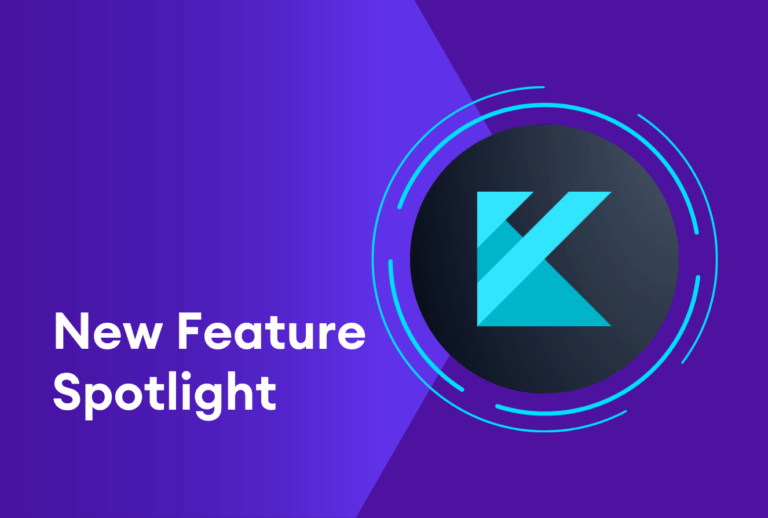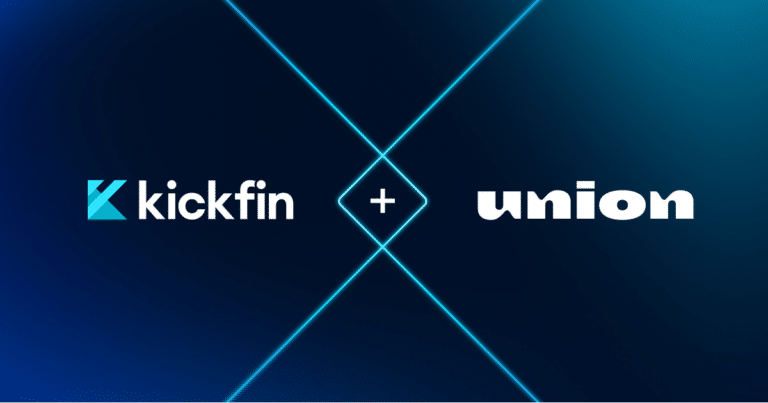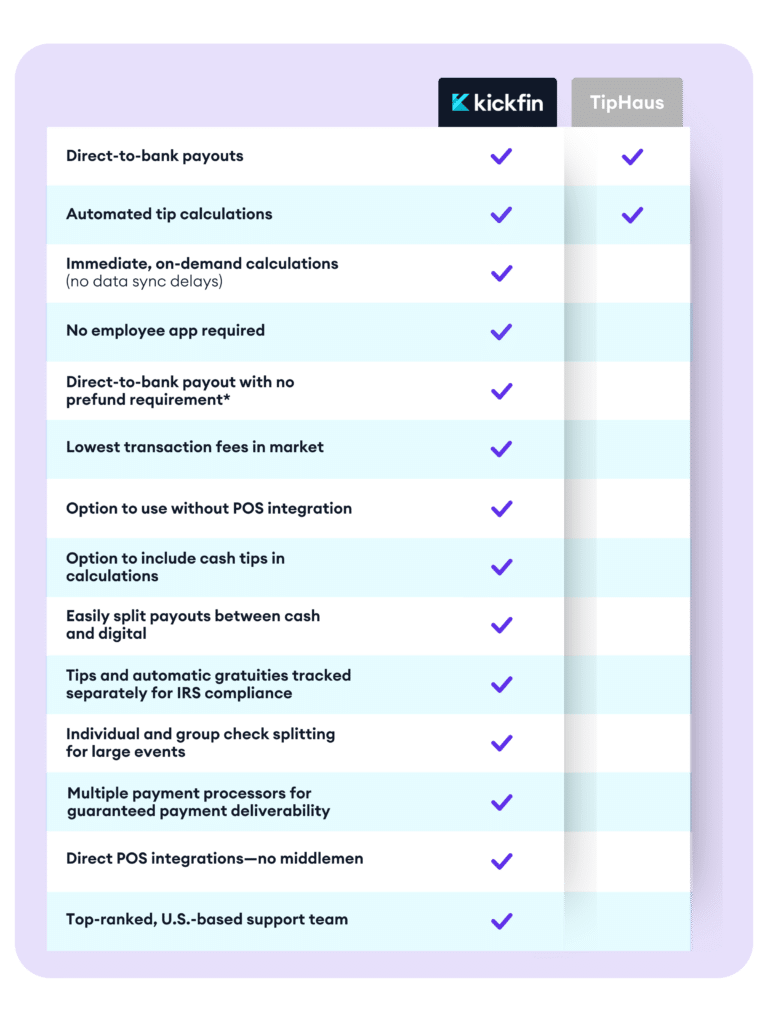Confused by digital tipping? We hear you. Get up to speed with this quick rundown so you can keep up with the ever-expanding world of restaurant tech.
Digital tipping is an umbrella term that gets used interchangeably — but it covers a few different use cases. If you’re in the market for a digital tipping solution, it’s important to understand the different types of digital tipping.
Here’s how we break it down: tip acceptance and tip distribution. One is important for accommodating customers’ needs (and frequent lack of cash on hand); the other allows your business to pay employees more efficiently.
Depending on the type of company you’re running and the way your team is structured, you might have a need for digital tip acceptance, digital tip distribution, or both.
Digital Tip Acceptance
We’re probably stating the obvious here, but cashless tip acceptance isn’t new: every time a customer pays for a meal or service and leaves a tip on their credit card — well, you’ve just accepted a cashless tip.
But now more than ever, companies are using POS systems and digital tipping software (like Kickfin) to accept cashless tips where cash had been the norm — or where a tip may not have been offered at all. For example:
- QSR and fast casual restaurants: Rather than dropping their change into a tip jar at the coffee shop or to-go counter, customers are being prompted to leave a digital tip directly on the POS. (You know, the old iPad swivel…)
- Online ordering: Online ordering systems now allow users to leave a tip from their phone instead of paying a delivery driver in cash. Brands like Panera even give you the option to tip when you’re placing a rapid self-pickup order and wouldn’t otherwise have an opportunity to interact or tip the people preparing your food.
- Hotel guest services: Many hotels are adopting text-to-tip options and QR code tipping so that guests can easily tip their housekeepers, valets, and concierges if they forgot to swing by the ATM first.
With the expanded uses of digital tip acceptance, we’re seeing many more opportunities to thank service industry employees for their work, even when we don’t have bills in our wallets or a direct interaction.
More tipping options allow employees to boost their incomes (and who doesn’t love that?), so they stop losing out on tips just because customers don’t carry cash. Plus: it allows even more employees to become tip eligible Business owners and managers can also use the opportunity to earn tips to attract and retain more hourly workers.
See cashless tipping in action! Get a Kickfin demo today
Digital Tip Distribution
Since most of your employees’ tips are cashless anyway, paying out cash tips has become a major operational challenge — which is why so many restaurant teams are choosing to move away from cash tip-outs.
But that doesn’t mean employees can’t get paid on the daily. Enter: digital tip distribution.
Instead of having your managers run to the bank, count out tips, and distribute envelopes of cash day after day, shift after shift, there is now a range of options for digital tip distribution — payroll, paycards, or instant digital tip-outs.
This side of cashless tipping is a little newer, and it’s impacting how restaurants, hotels, and other service industry businesses view their daily operations and hiring practices (for the better):
- Digital tip distribution saves managers from running to the bank during a shift — when they could be touching tables, helping on the line in the kitchen, or getting caught up on inventory.
- Operators save money because digital tipping eliminates costs associated with cash deliveries and employees waiting for their tips on the clock.
- Digitizing tip payments can reduce the risk of error and theft.
- Gen Z and Millenials are increasingly demanding instant, digital payment options. If you’re competing with other restaurants for the hourly workers, offering instant digital tips can make your establishment stand out from other employers.
Ready to check out cashless tipping for yourself? At Kickfin, we offer cashless tip acceptance and instant digital tip outs that are sent straight to your employees’ bank accounts, the second their shift ends. Request a demo of Kickfin.






